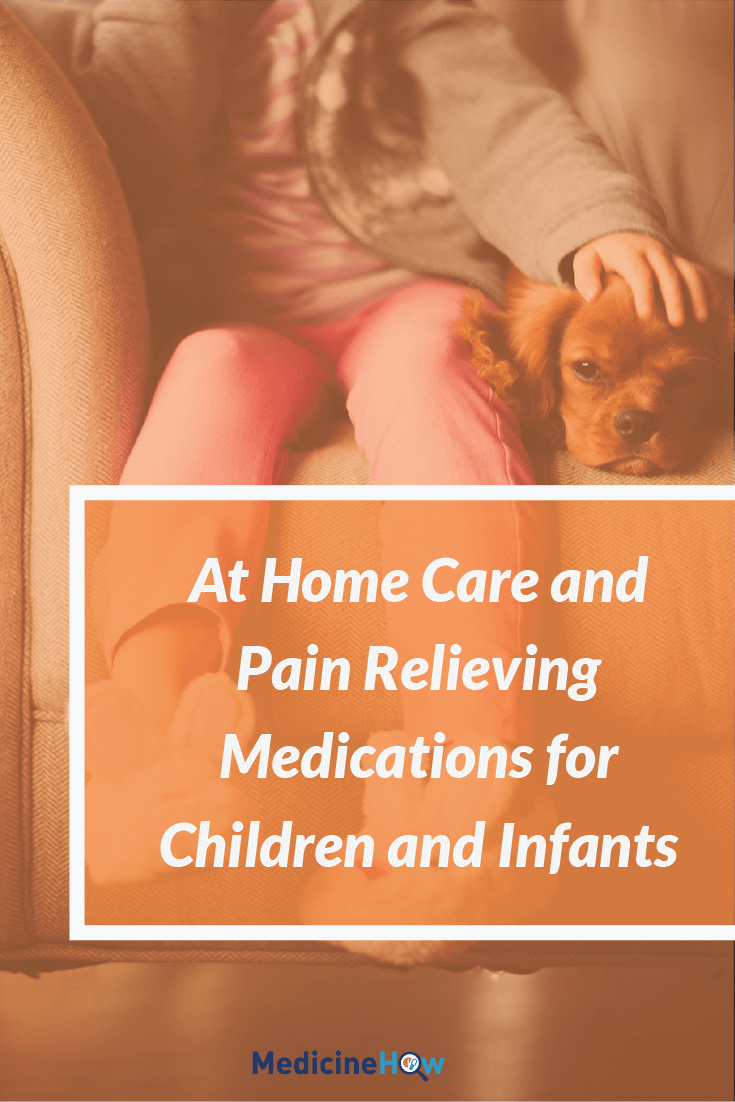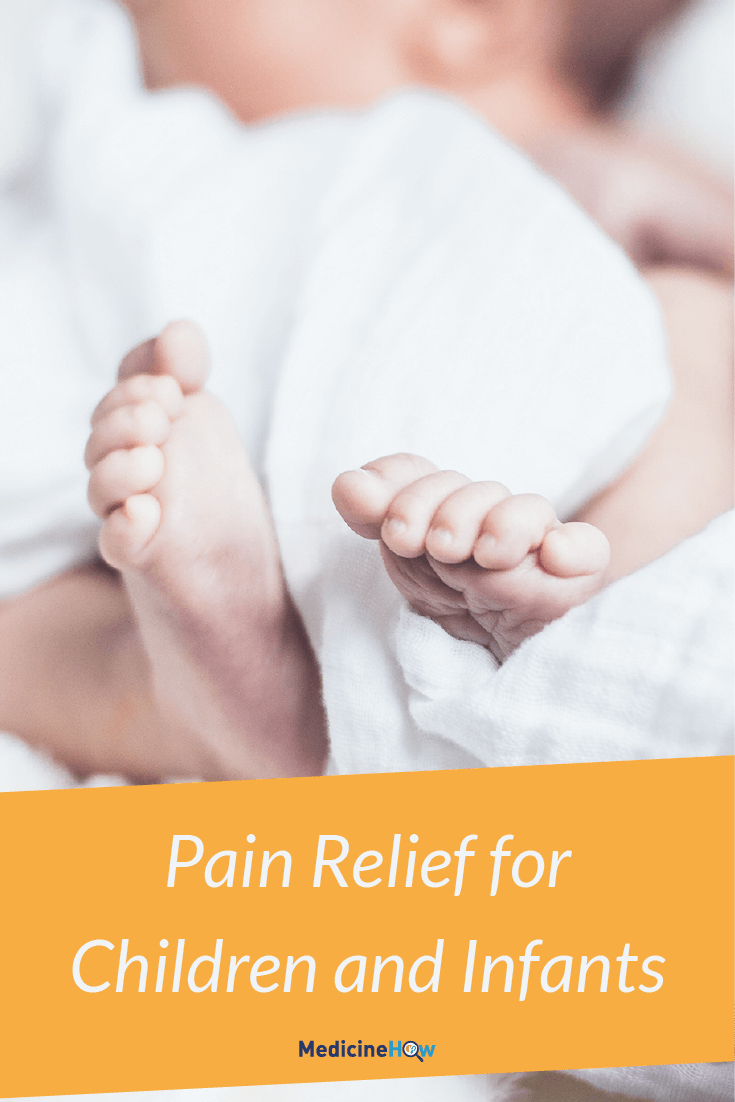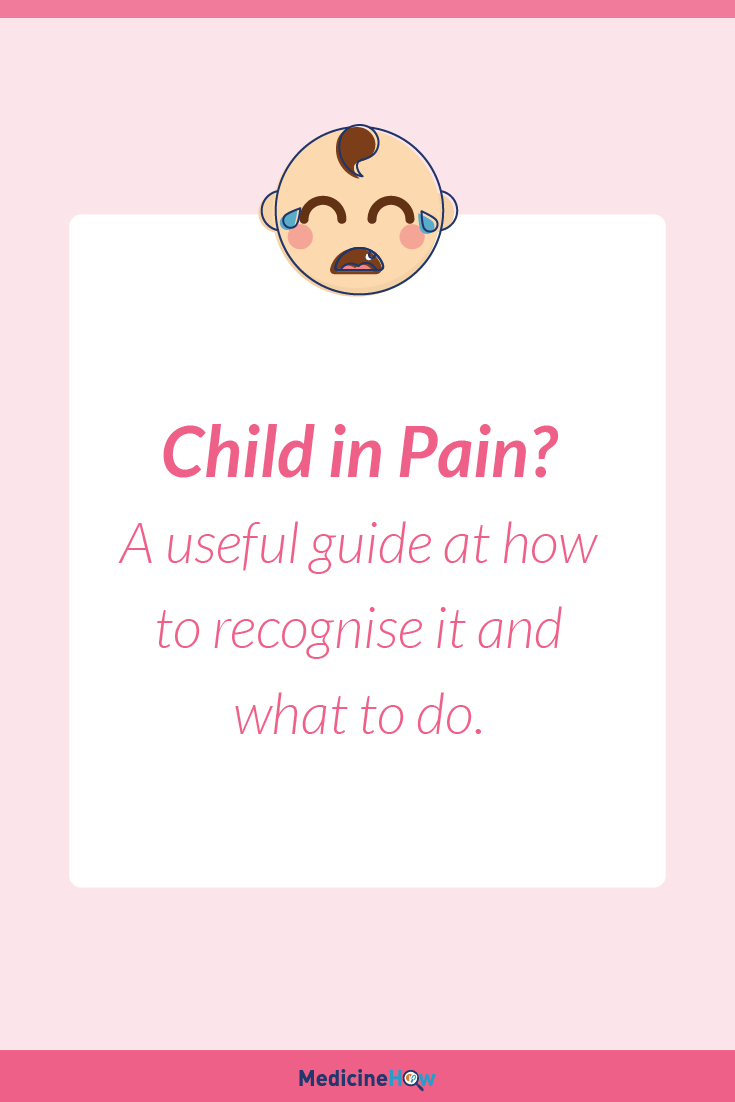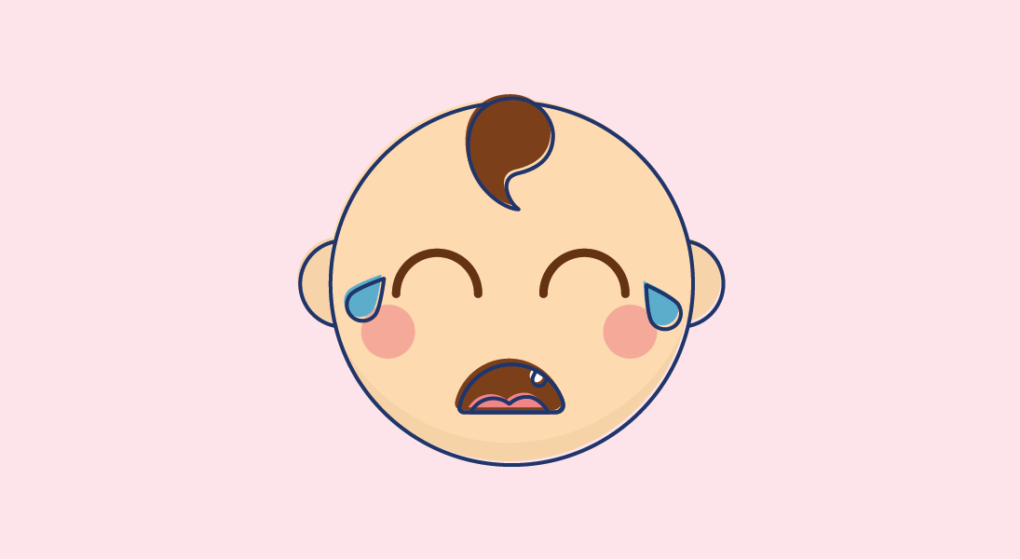
Pain is an unpleasant experience that can affect anyone of any age and, as a parent, it is important to have some knowledge about how to provide pain relief for children.
This article is designed to take you through the different options that you have to help recognise and manage the pain that your child is experiencing. We’ll take a look at what you should keep an eye out for, what you can do at home to provide pain relief, how to use medications for pain in children and when you should see a medical professional for further advice.
How can you tell if your child is in pain?
If your child is old enough to talk and communicate, asking them questions about their pain is the simplest way to find out more about what they are experiencing. For example, you can ask your child where in their body hurts, or get them to point to the area that is hurting.
Understanding if your child is in pain and the nature of their pain can be more difficult if your child is very young or has difficulty communicating. It’s important to look for other signs that they are in pain, such as:
- Irritability
- Crying
- Grimacing or making pained faces
- Difficulty sleeping
It can be helpful to keep a record of your child’s pain and the changes, particularly if it continues for several days or more. Then if you need to see a doctor about your child’s pain, you can clearly show how things have changed recently and how the pain is affecting their life, which will help your doctor to make treatment decisions.
Pain Relief for Children at Home
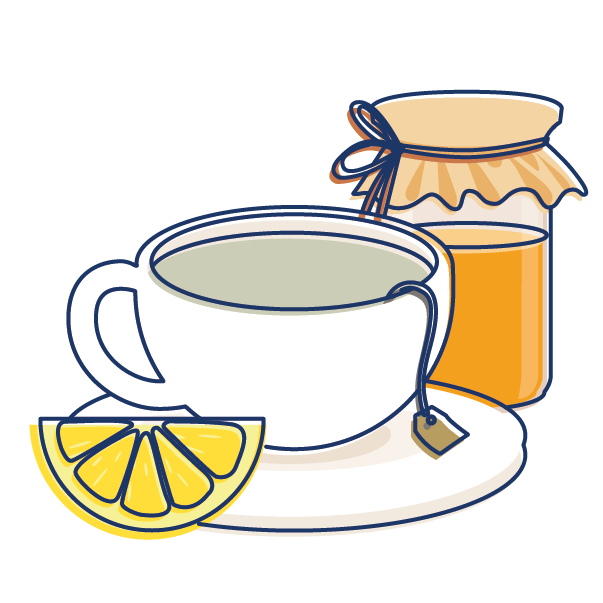 Pain is very common and all children will experience some pain sooner or later. In most cases, the pain will pass and can be managed at home.
Pain is very common and all children will experience some pain sooner or later. In most cases, the pain will pass and can be managed at home.
Keeping your child as comfortable as possible and providing reassurance to your child is the first step for at home pain relief. For older children, giving the a sweet solution or ice block to suck on can help to reduce pain. For infants, allowing them to breastfeed can be comforting and act as a natural pain reliever.
Allowing your child to rest and recover is important. If they are tired or irritable, keep them home from school or childcare and let their body to recover and deal with the pain.
Some techniques to relieve pain depending on the type of pain your child is experiencing. Here are a few ideas that might be able to help for specific situations:
- Honey and lemon tea to soothe a sore throat
- Chamomile tea for colic
- Heat pack for neck or stomach pain
- A cool, dampened cloth or the forehead or neck for headache
Often, a key part of pain relief for children is simple distraction. If they are focusing on the pain, the pain is going to seem more severe. Instead, playing quiet games with them or doing other activities that they enjoy can help a lot to relieve their pain.
Medications for Children’s Pain Relief
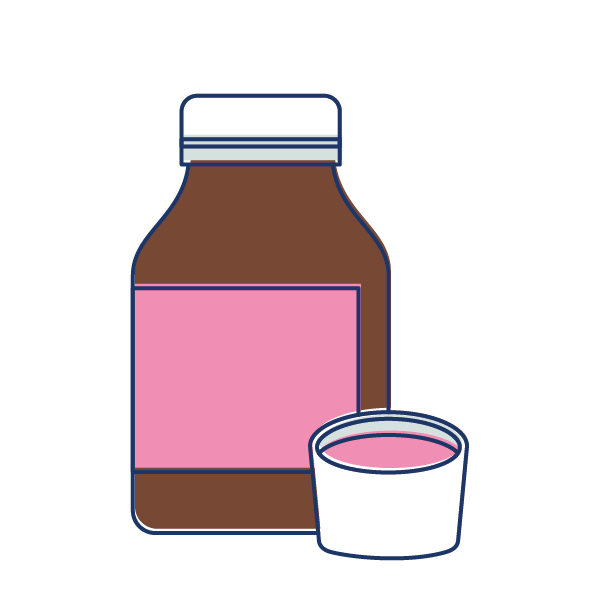 Paracetamol or acetaminophen is usually the first type of medication that is offered to relieve pain in children and infants because it is relatively safe. It is the only medication recommended for infants less than 3-6 months of age.
Paracetamol or acetaminophen is usually the first type of medication that is offered to relieve pain in children and infants because it is relatively safe. It is the only medication recommended for infants less than 3-6 months of age.
For children over the age of 6 months, either paracetamol or ibuprofen can be given to relieve pain. Both paracetamol and ibuprofen are available directly from your pharmacist and you do not need a prescription from the doctor to use them.
Read more about Paracetamol for Children and Infants
Read more about Ibuprofen for Children and Infants
When should you seek further medical advice?
 For more severe pain in children, paracetamol or ibuprofen may not offer sufficient pain relief and you may need to see a doctor about the best way to manage your child’s pain. There are medications to provide stronger pain relief for children, such as morphine, which your doctor may recommend.
For more severe pain in children, paracetamol or ibuprofen may not offer sufficient pain relief and you may need to see a doctor about the best way to manage your child’s pain. There are medications to provide stronger pain relief for children, such as morphine, which your doctor may recommend.
So how do you know if you need to take your child to see a doctor about their pain?
Here are a few signs to look out for:
- Severe weakness
- Unable to be consoled
- Severe vomiting
- Pain with stiff neck
- Medical treatment doesn’t work
- Ongoing pain for several days or more
In the end, it’s best to trust your instincts. If you are worried that your child’s pain is more severe than normal and believe it could be caused by something more serious, a trip to the doctor or emergency room is the best way forward to be on the safe side.
Pin it!
